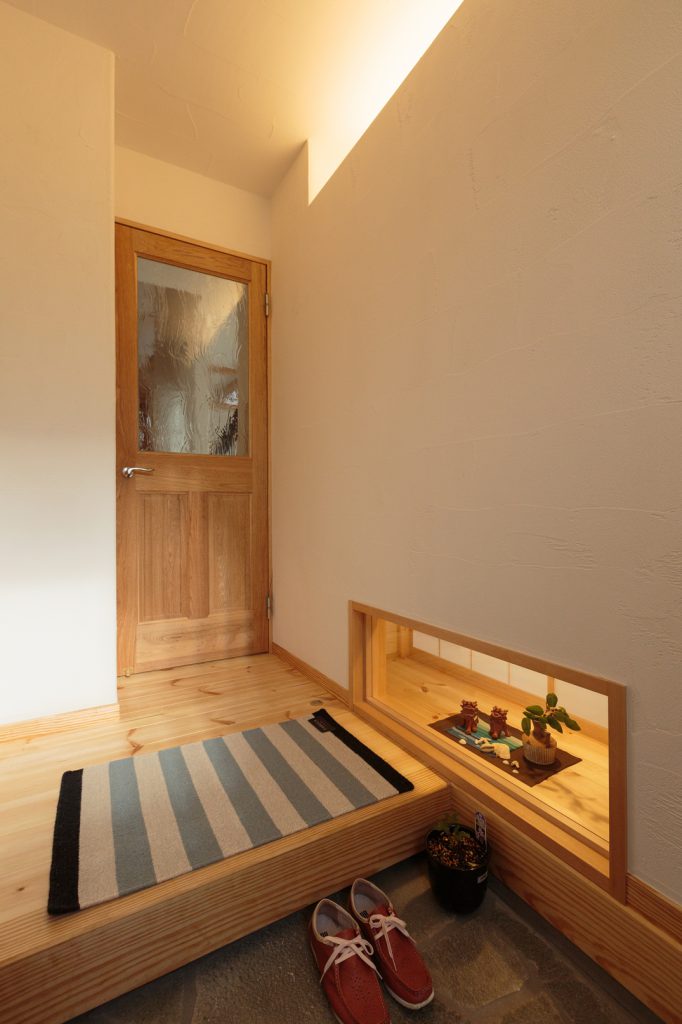Minimalism has become a modern lifestyle buzzword with its own media gurus who promise that decluttering our homes and simplifying our lives will help us cope with an overwhelming world.
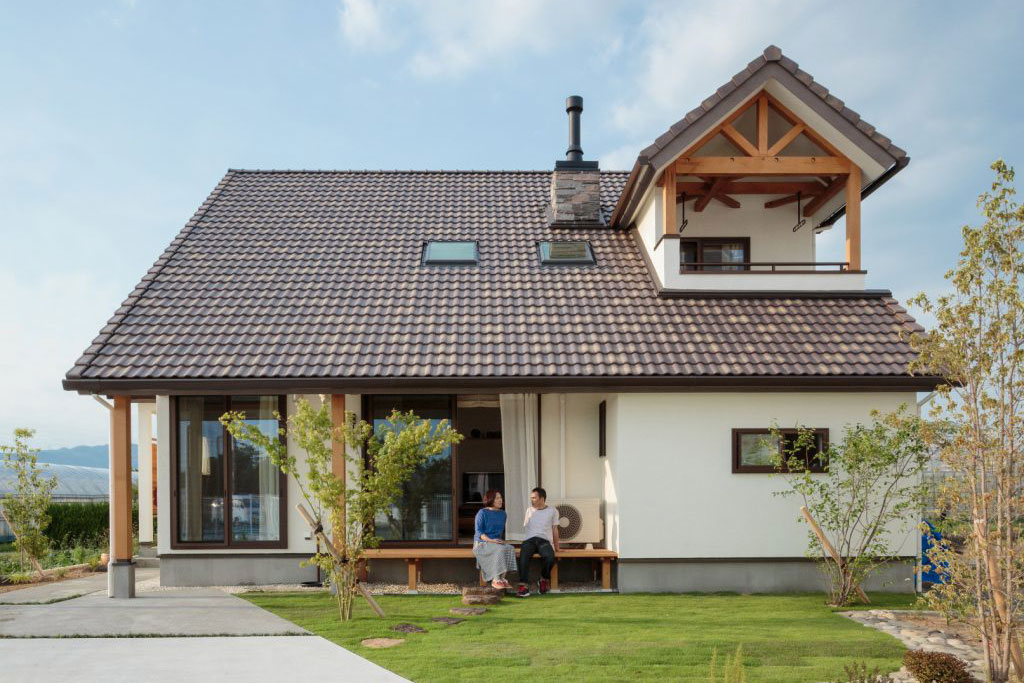
Minimalist design, on the other hand, is an influential visual style with an established history in the realms of architecture, interiors, art, graphics, fashion, and virtually every other facet of design.
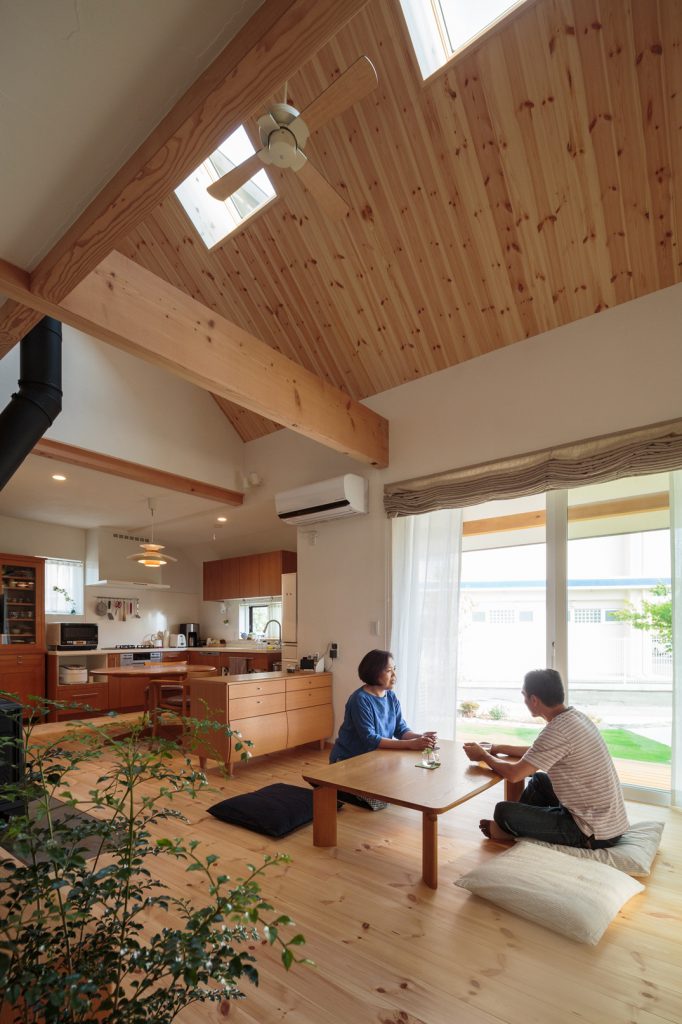
Minimalist design is about prioritizing the essential. A minimalist building, object, or interior design is stripped to its core function, realized using limited materials, neutral colors, simple forms, and avoiding excess ornamentation to achieve a pure form of elegance.
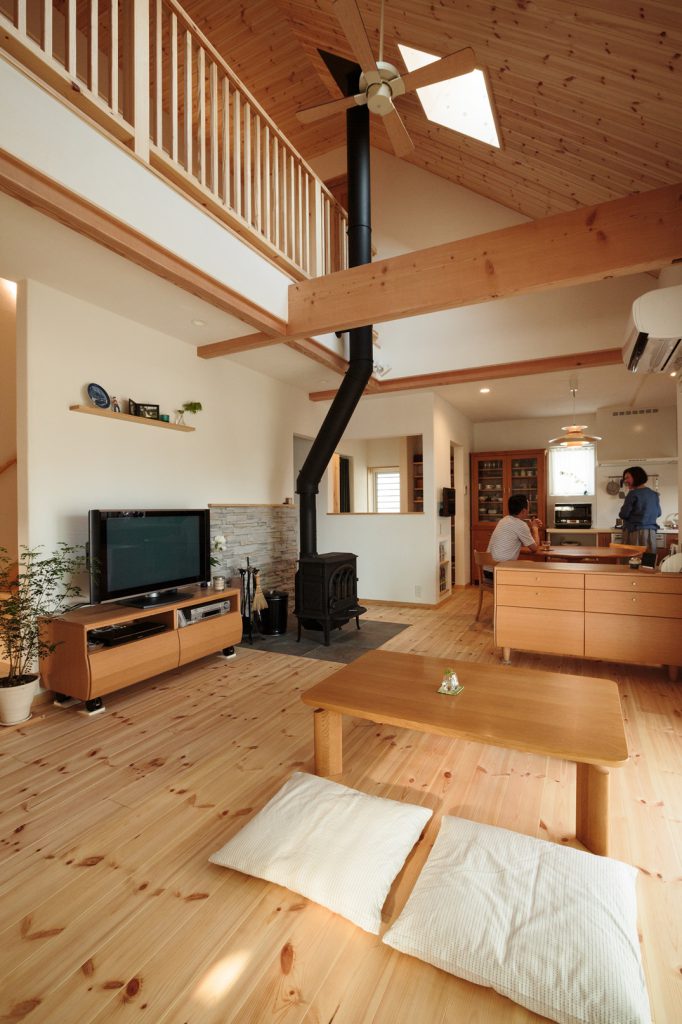
While the final expression of a minimalist design might appear effortlessly simple, as spare as a poem and as clear as a bell, achieving this kind of powerful simplicity is anything but easy.
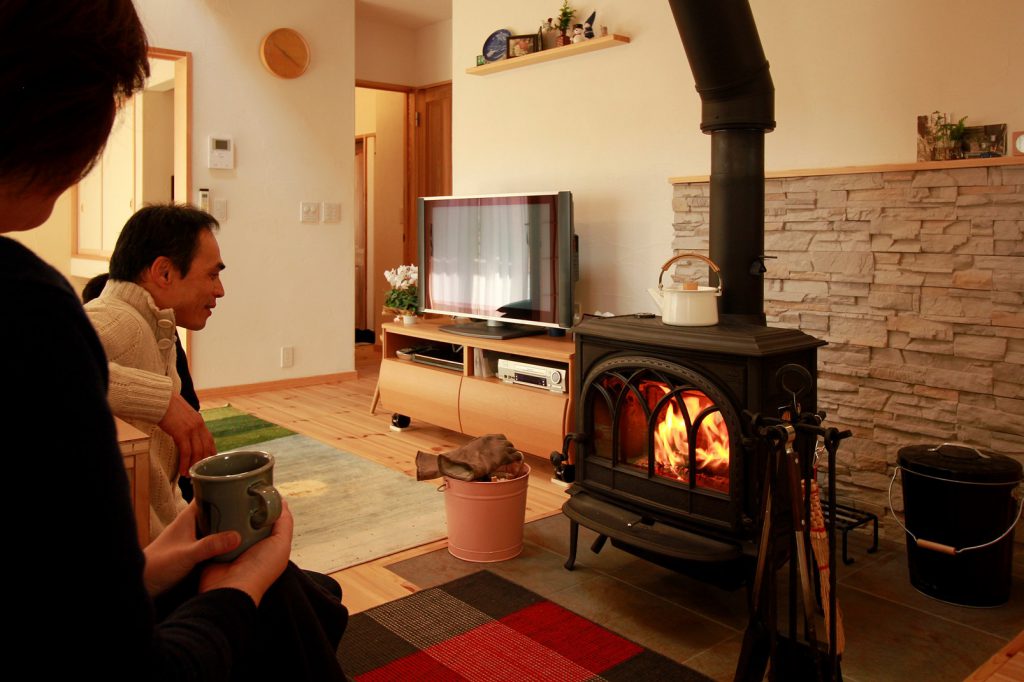
Some design historians trace the origins of minimalism to the simplified forms epitomized by the Dutch De Stijl movement of 1917 to the early 1930s
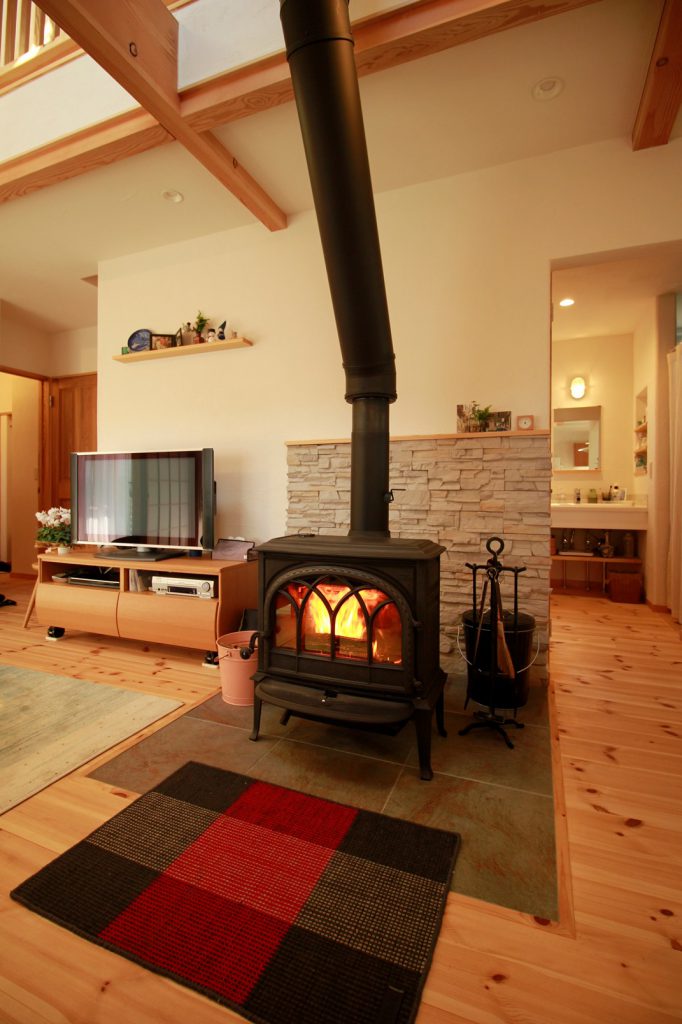
And it is widely acknowledged to have been influenced by the zen simplicity of traditional Japanese gardens and interiors and the clean aesthetics of Scandinavian design.

.
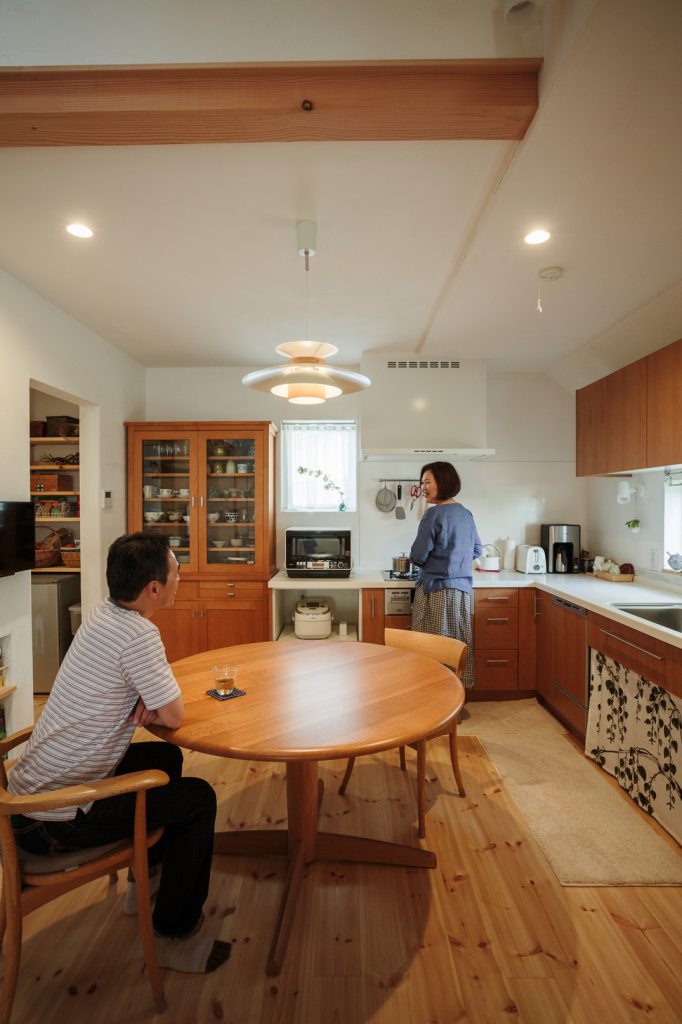
.

.

.
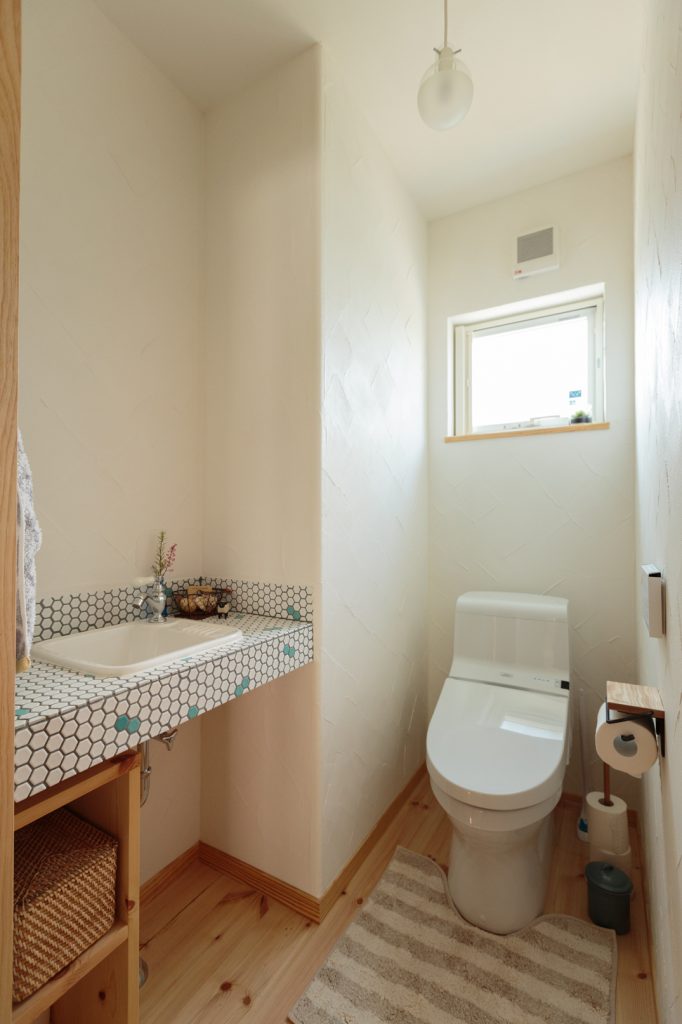
.
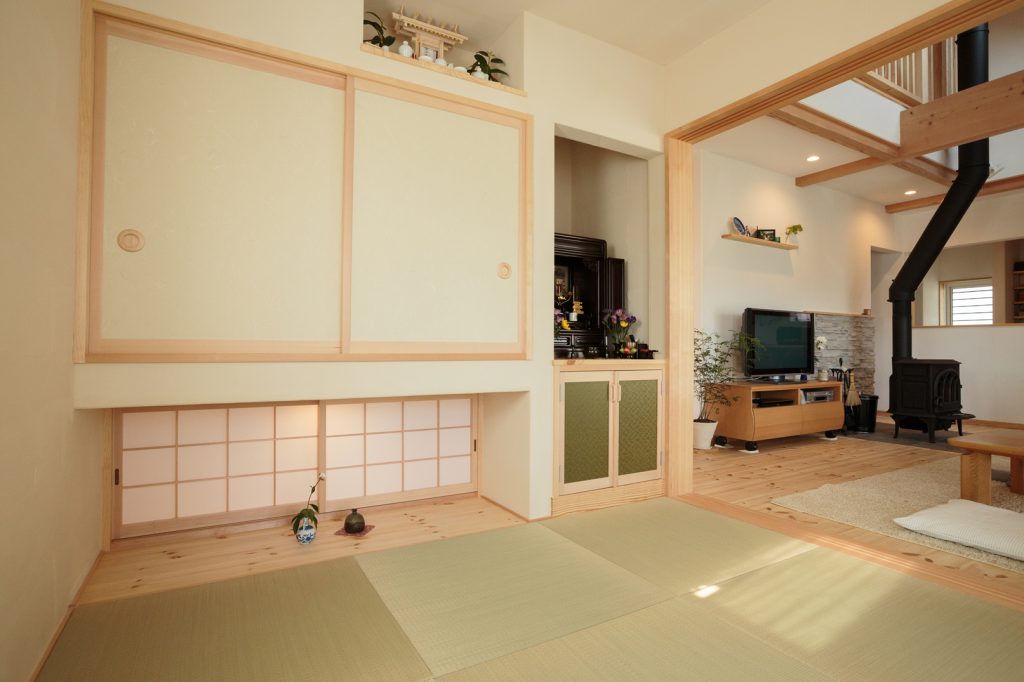
.
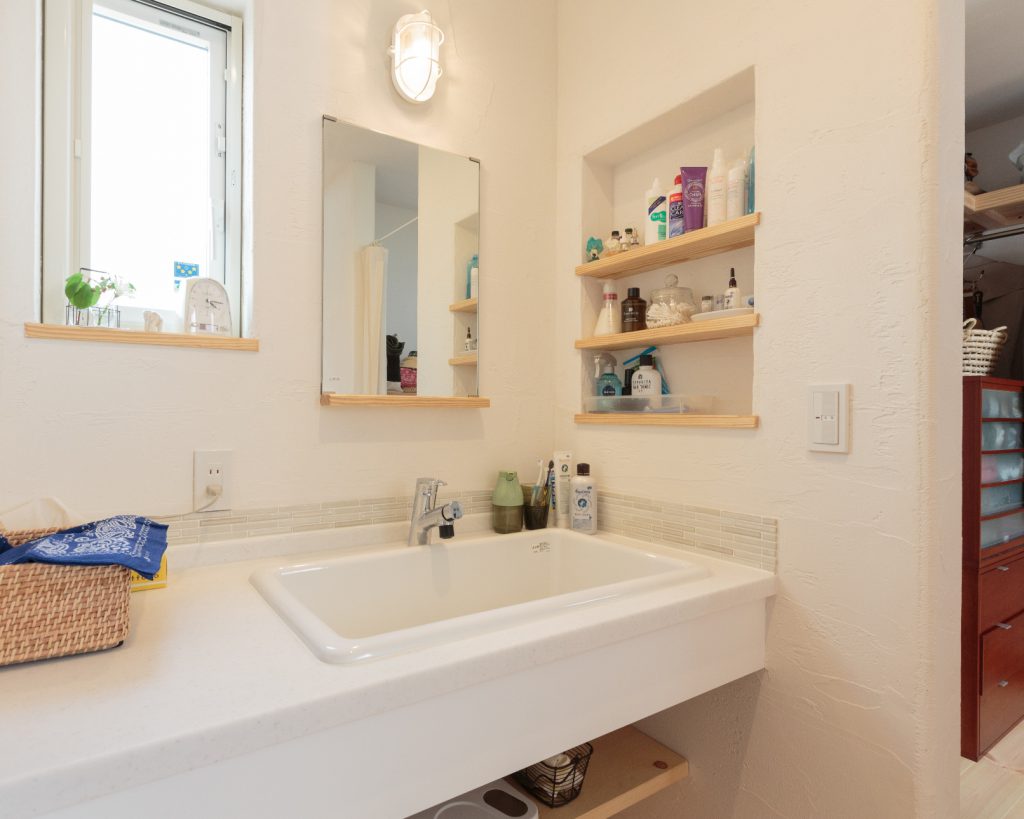
.
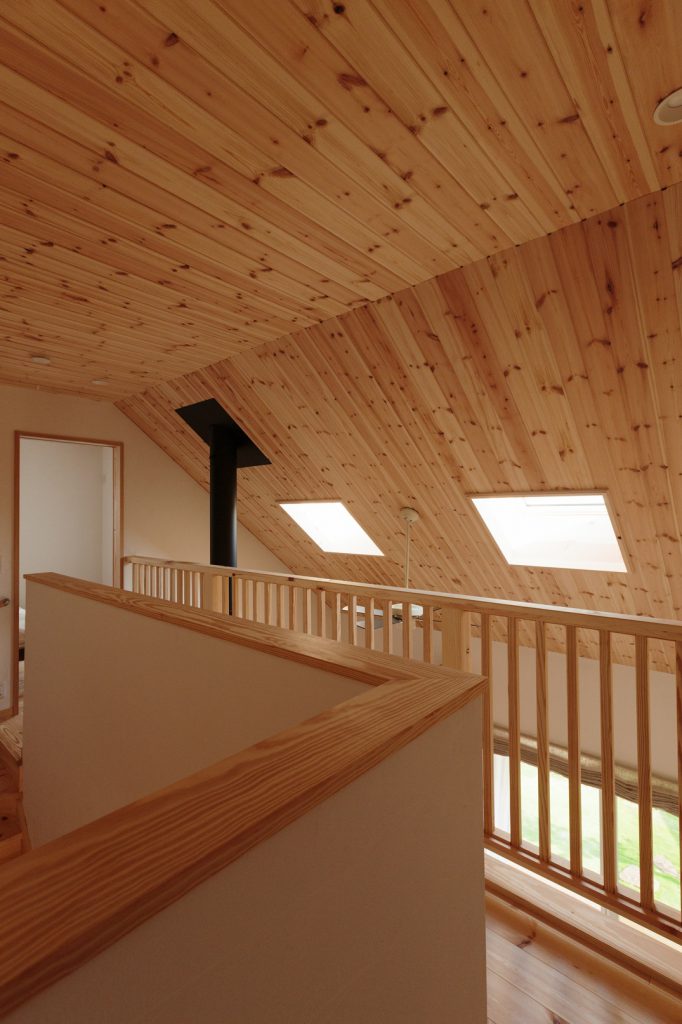
.
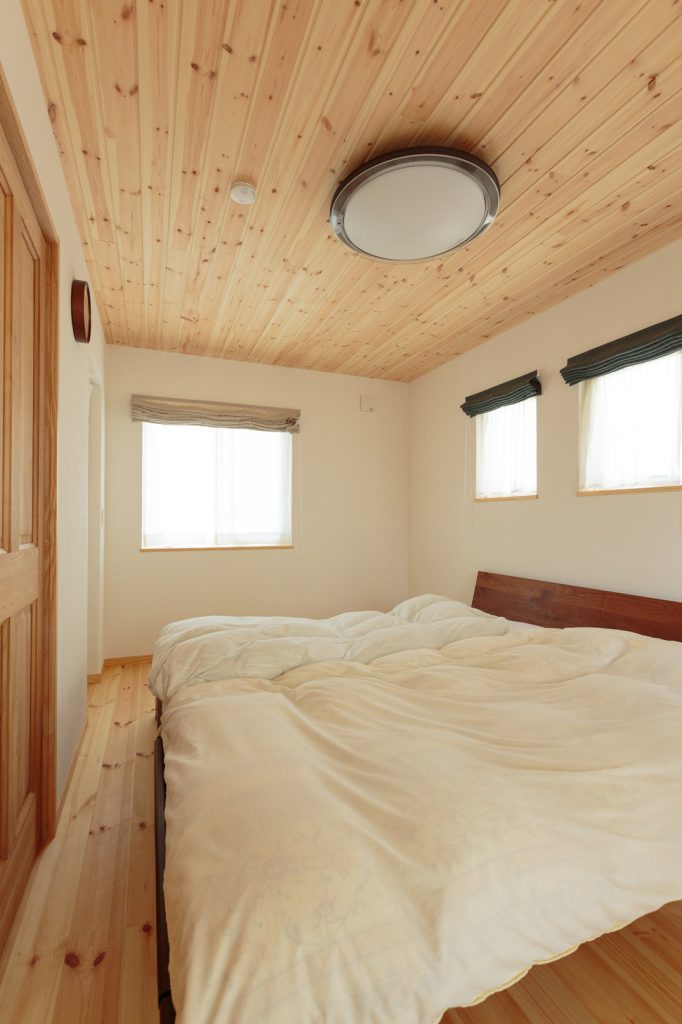
.
